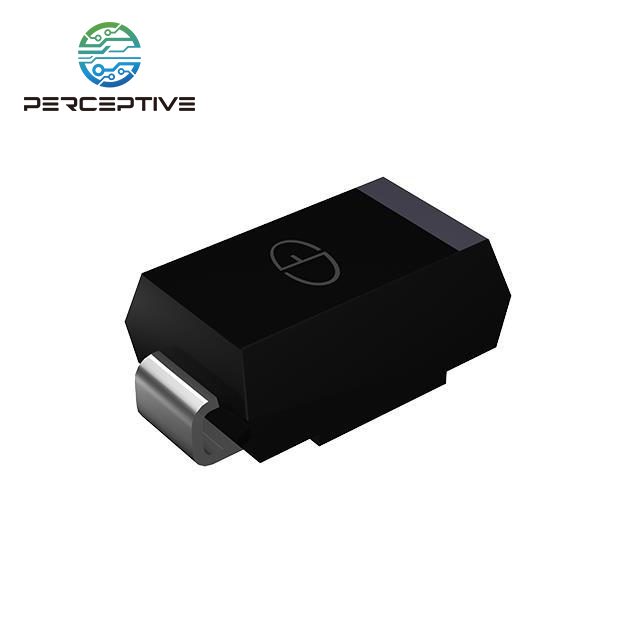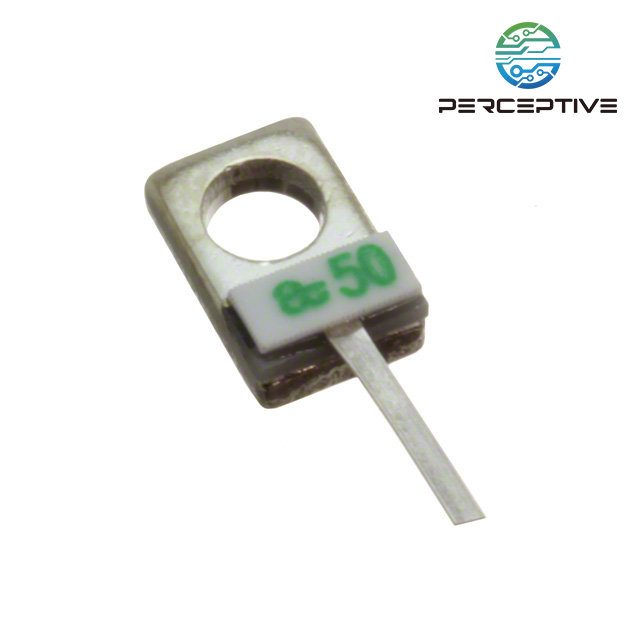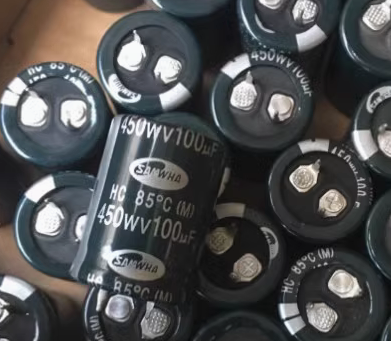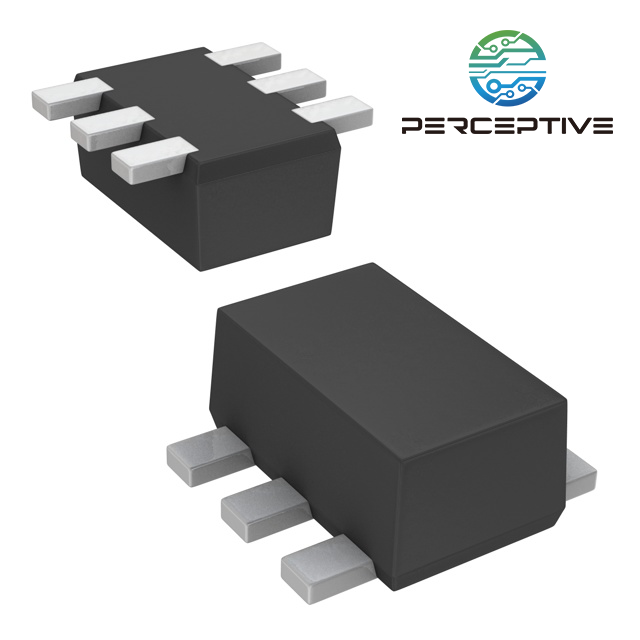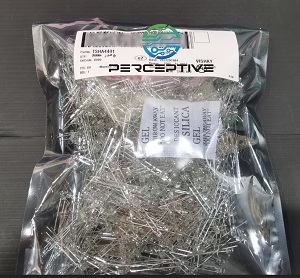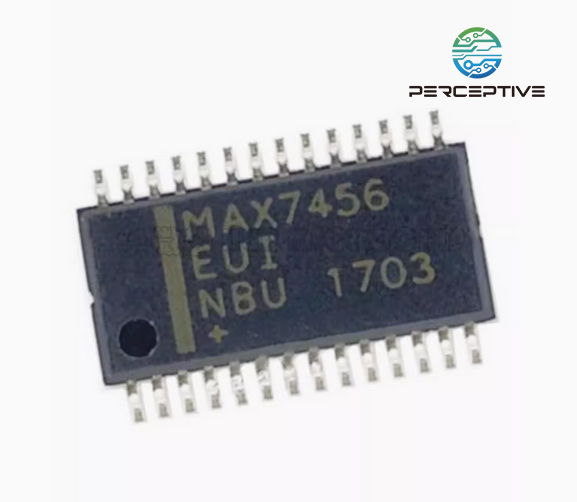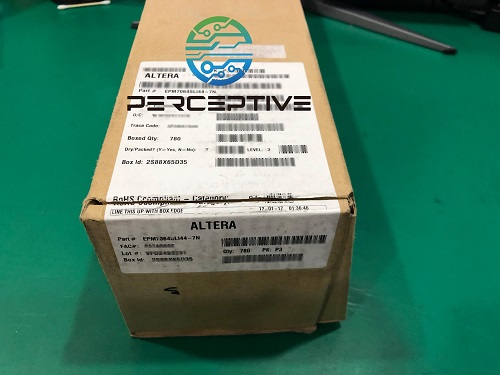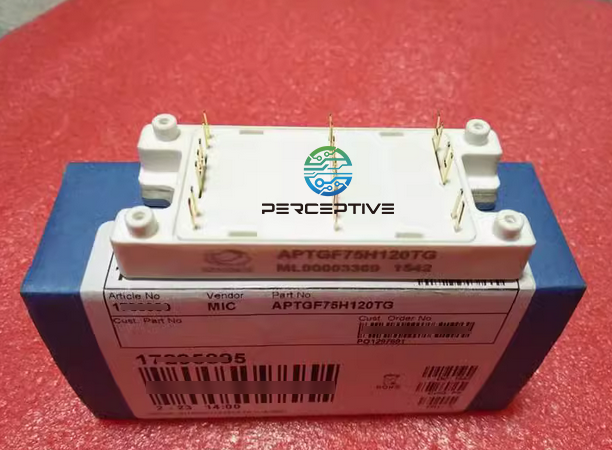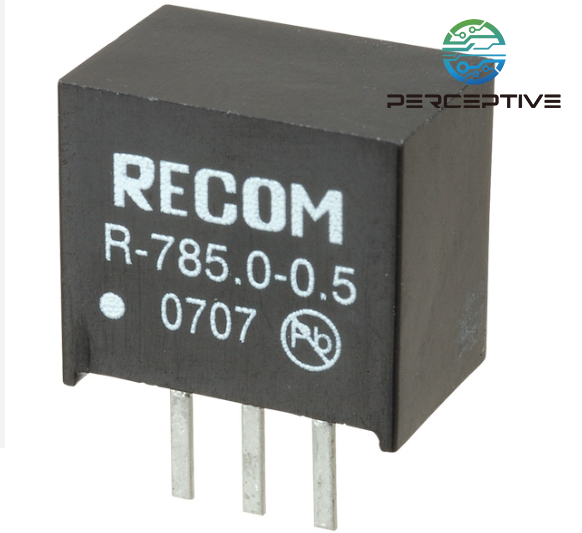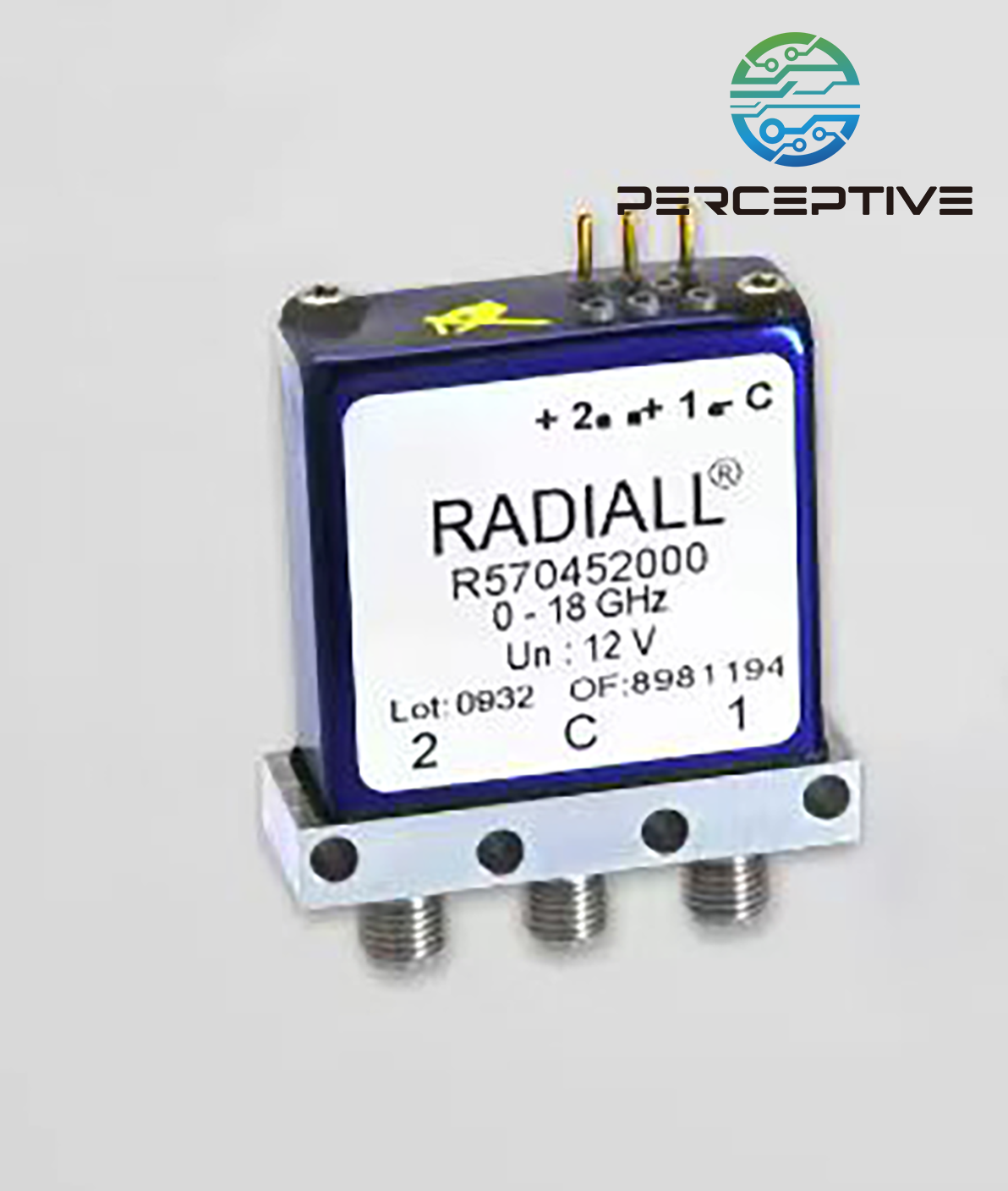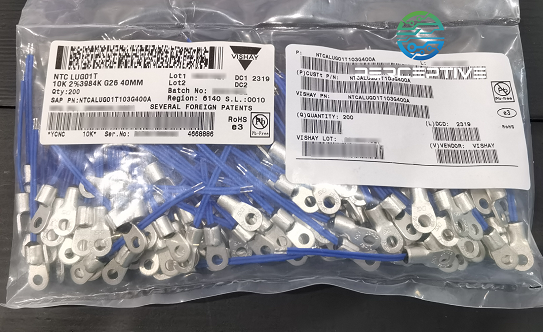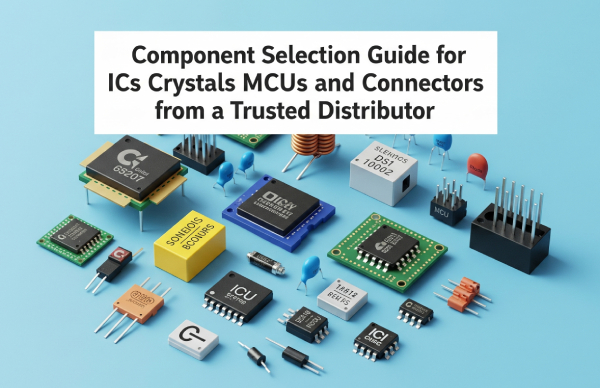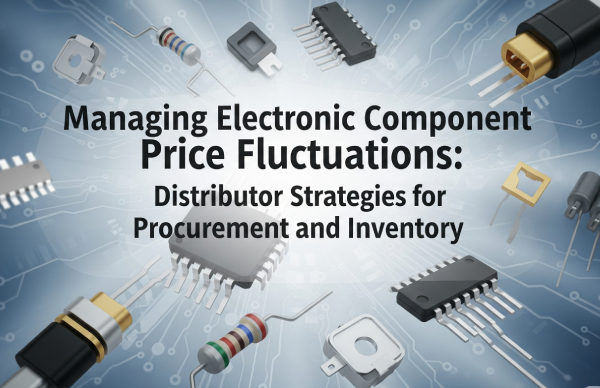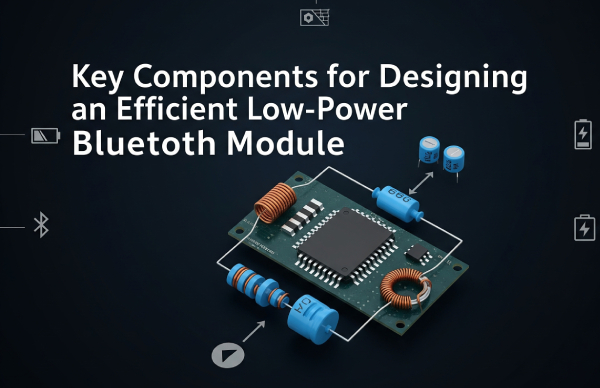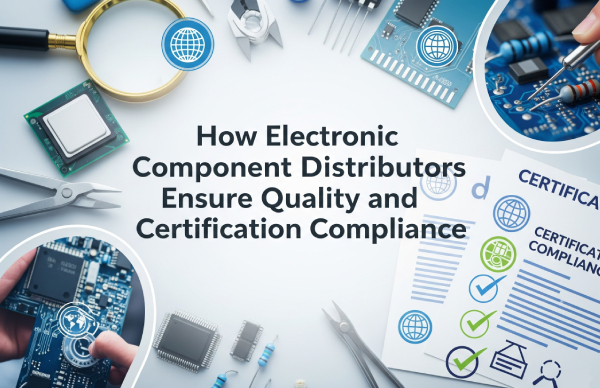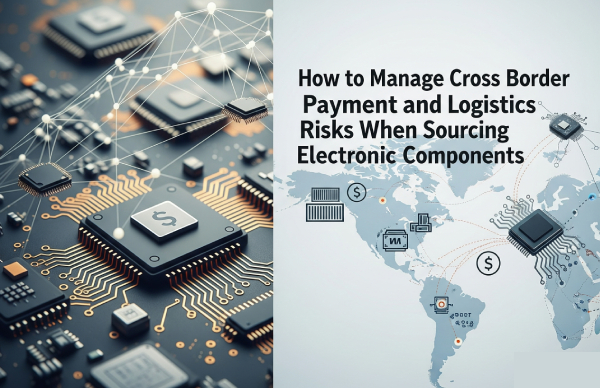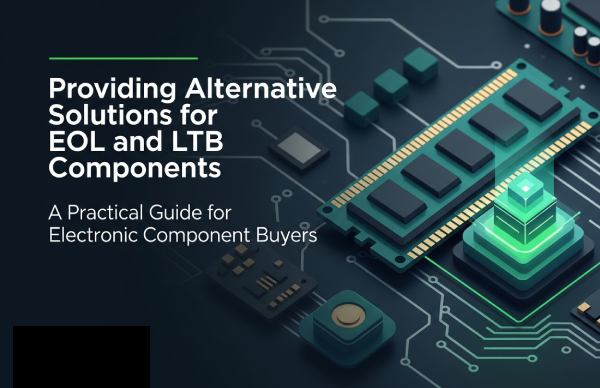In recent years, the global electronic component supply chain has faced unprecedented turbulence. From geopolitical tensions and raw material shortages to sudden spikes in demand driven by technological advancements, price volatility has become the new normal. For procurement professionals, managing this volatility is not just about survival—it's about gaining a strategic edge.
So, how can distributors like Perceptive Components help buyers optimize purchasing decisions and inventory strategies during times of unpredictable price swings?
Multi Channel Sourcing Strategies for Electronic Components
One of the biggest mistakes in procurement is over-reliance on a single supplier or region. When supply chain disruptions hit—whether due to natural disasters, export controls, or political conflicts—prices can surge overnight.
Smart distributors diversify their sourcing network across multiple countries and certified manufacturers. By building strong relationships with various suppliers, distributors can pivot quickly to alternative sources when primary channels face constraints. For buyers, this means greater access to inventory and more stable pricing, even when the market is volatile.
Implement Dynamic Pricing and Forward Contracts
Experienced distributors often use forward contracts to lock in prices with suppliers when they anticipate upward trends. This practice protects buyers from sudden cost increases and ensures supply continuity for critical parts.
In addition, dynamic pricing strategies based on real-time market data can help procurement teams decide whether to buy immediately or hold off for a more favorable price window. Sharing transparent pricing insights with clients builds trust and allows them to plan budgets more accurately.
Leverage Inventory Buffering
Strategic inventory buffering is another key defense against price volatility. Instead of relying on just-in-time (JIT) delivery—which can backfire when shortages occur—distributors can maintain safety stocks of high-demand or long-lead-time components.
Of course, excess inventory comes with storage costs and risk of obsolescence. This is where an experienced distributor adds value: by using historical data and demand forecasts to balance buffer stock levels wisely. Buyers benefit from greater flexibility and less stress about urgent last-minute sourcing.
Promote Alternative or Equivalent Parts
When key components become scarce or overpriced, alternatives may be available—if you know where to look. Recommending equivalent or functionally compatible parts helps procurement teams maintain production schedules without blowing up their budgets.
Distributors with broad product expertise and a robust cross-referencing database can suggest suitable alternatives, supported by datasheets, technical support, and even design modification advice if needed. This proactive approach turns potential supply bottlenecks into opportunities for cost savings.
Invest in Transparent Communication
In volatile markets, clear and timely communication between distributors and clients is critical. Buyers need early warnings about potential price changes or supply disruptions to adjust their plans accordingly.
Regular market updates, supplier status reports, and advanced notices about end-of-life (EOL) or allocation risks help clients make informed decisions. A trustworthy distributor is more than a supplier—they're a supply chain partner.
Embrace Digital Procurement Tools
Digitalization is transforming how procurement teams and distributors collaborate. Modern ERP and inventory management systems allow real-time tracking of price trends, lead times, and inventory levels.
By offering clients online portals with live stock availability, price comparisons, and order status, distributors make it easier for buyers to react quickly to market changes. Automated alerts for critical component thresholds or sudden price spikes empower procurement teams to stay ahead of the curve.
Build Long-Term Strategic Partnerships
Finally, navigating price volatility is not just about one-off deals—it's about forging long-term partnerships built on trust and mutual benefit. Distributors who take time to understand clients' product lifecycles, production schedules, and growth plans can offer tailored solutions that go beyond mere transactions.
For example, vendor-managed inventory (VMI) programs or consignment stock arrangements can help clients maintain supply continuity without tying up excessive capital in large orders.
Conclusion
Electronic component price volatility is unlikely to disappear anytime soon. But by working with proactive, experienced distributors like Perceptive Components, buyers can turn uncertainty into opportunity. From diversified sourcing and alternative parts to smart inventory strategies and digital tools, the right partner helps you balance cost, risk, and continuity—keeping your production lines running smoothly, no matter how turbulent the market becomes.


